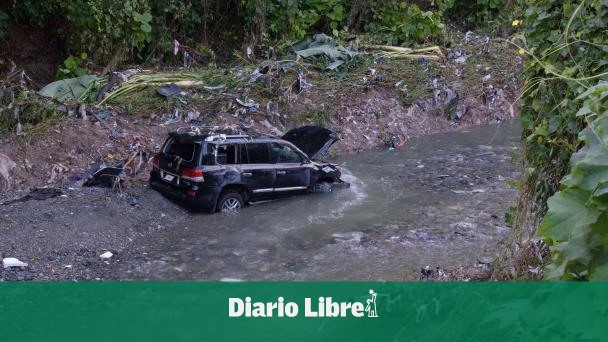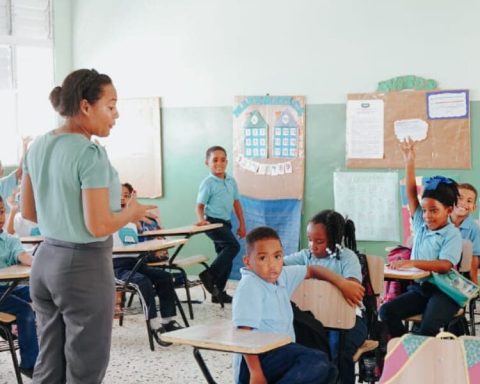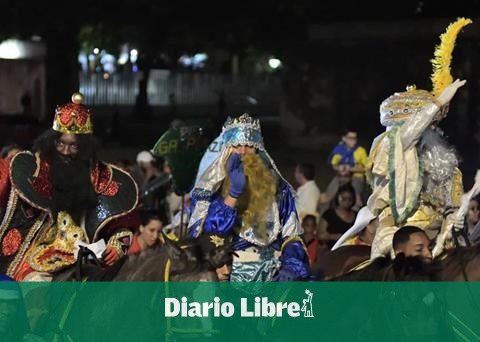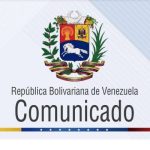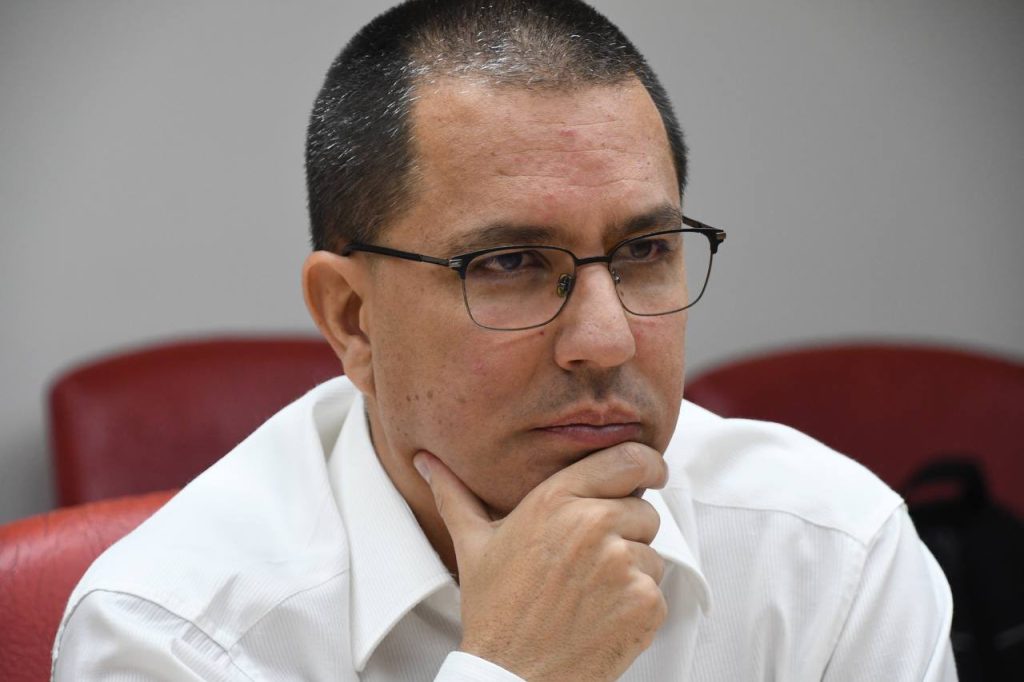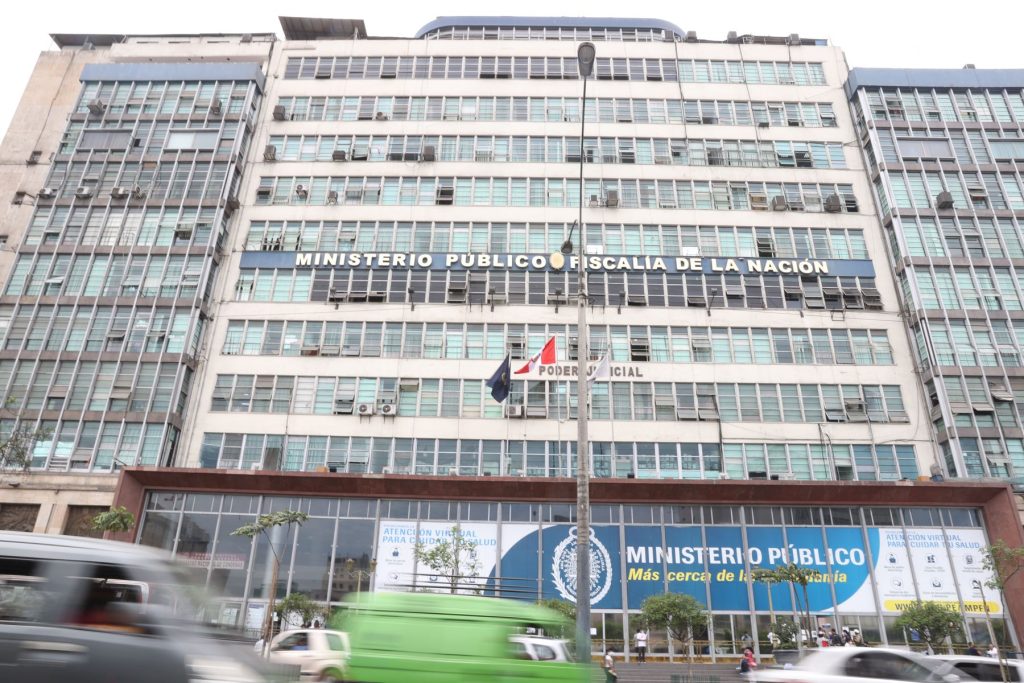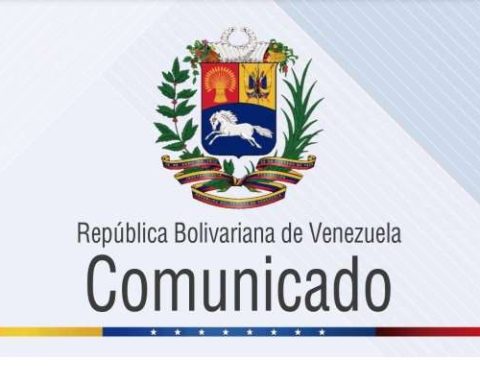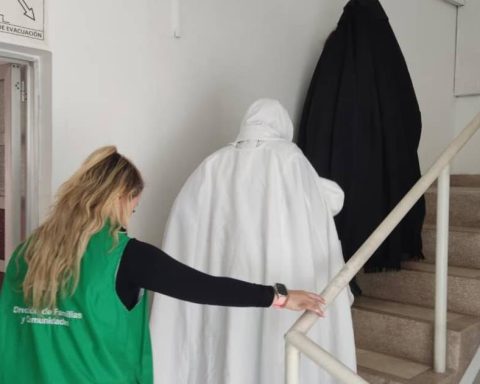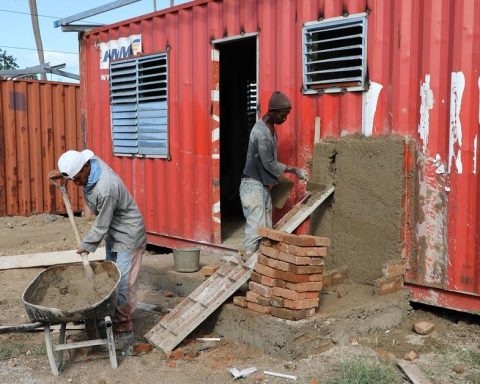Today marks two years of that sinister 4 of Novemberthat many people left their homes without imagining what was going to happen that Friday afternoon in the city of Santo Domingo.
From the early hours of the morning, the Dominican Institute of Meteorology (formerly Onamet) had predicted rains for some localities in the National District and Santo Domingo, due to the combination of a trough and a tropical wave.
Around 5:30 in the afternoon, the sky became cloudy and a rain began to fall. rain intense that flooded a large part of the Dominican capital, which generated 70 millimeters of rains in three hours.
In the sky the clouds accumulated clouds and the wind increased in intensity, in a matter of minutes, the rains They became a flood. The streets were flooding, leaving many people trapped as they left their jobs and errands.
The rains from that Friday they left nine fatalitiesfive due to asphyxiation due to immersion, two due to crushing due to wall collapse and another two due to electrocution.
The deaths occurred in the La Puya de Arroyo Hondo ravine, Villa Claudia sector in Ciudad Real; Villa Francisca, La Zurza, Bellas Colinas de Manoguayabo, Las 800 sector in Los Ríos and surroundings of the Ozama River.
The dead were identified such as: José Antonio Batista Polanco, better known as Jochy, who got out of his vehicle to walk to his house where his 12-year-old daughter was alone, when he was swept away by the flooding of a ravine.
Also Robert Maldonado Rosario, 15 years old; Roberto Quevedo Santana, 50 years old; Teófilo Antonio Cruz Peña, 63 years old; Yilmes Céspedes, 20 years old; Alberto Javier Pimentel, 47 years old; Edwin Alexánder Cedano, 20, and Luisinky Mojica.
Damage
Eight days later, the National Drinking Water Institute (Inapa) reported that 37 aqueducts were affected to the detriment of 638,078 users.
The Commission Military and Police from the Ministry of Public Works indicated that on Friday night they provided 855 road assistance, including 251 due to mechanical failure to vehicles affected by water wells.
The day after the disaster, the Executive Branch declared emergency for a period of 30 days shopping and hiring of several institutions that would be used in the rescue, construction and reconstruction work of the works affected by the torrential downpours.
In addition, President Luis Abinader appointed commissions headed by ministers and general directors so that, together with the mayors of the different municipalities, they would coordinate actions to address the different needs of the municipalities affected by the rains.
